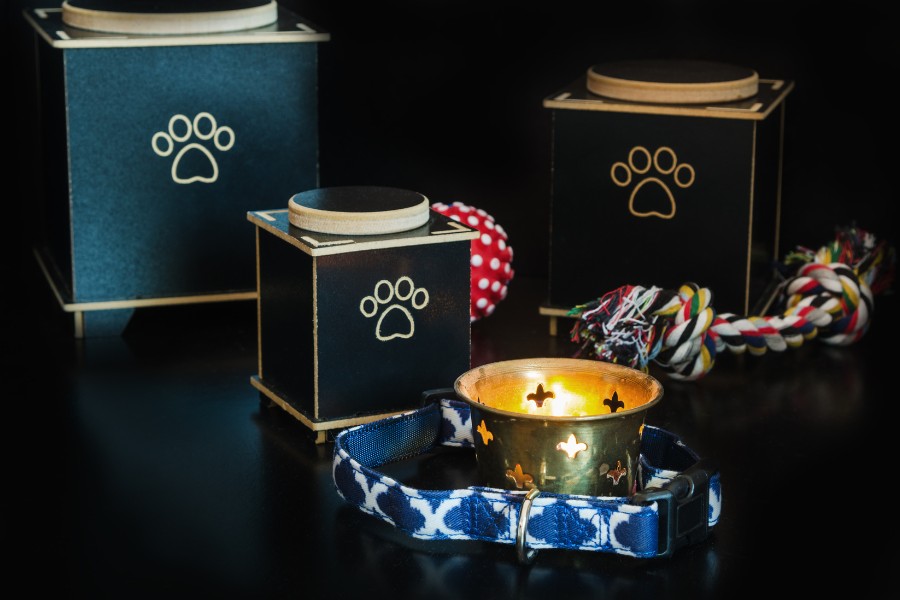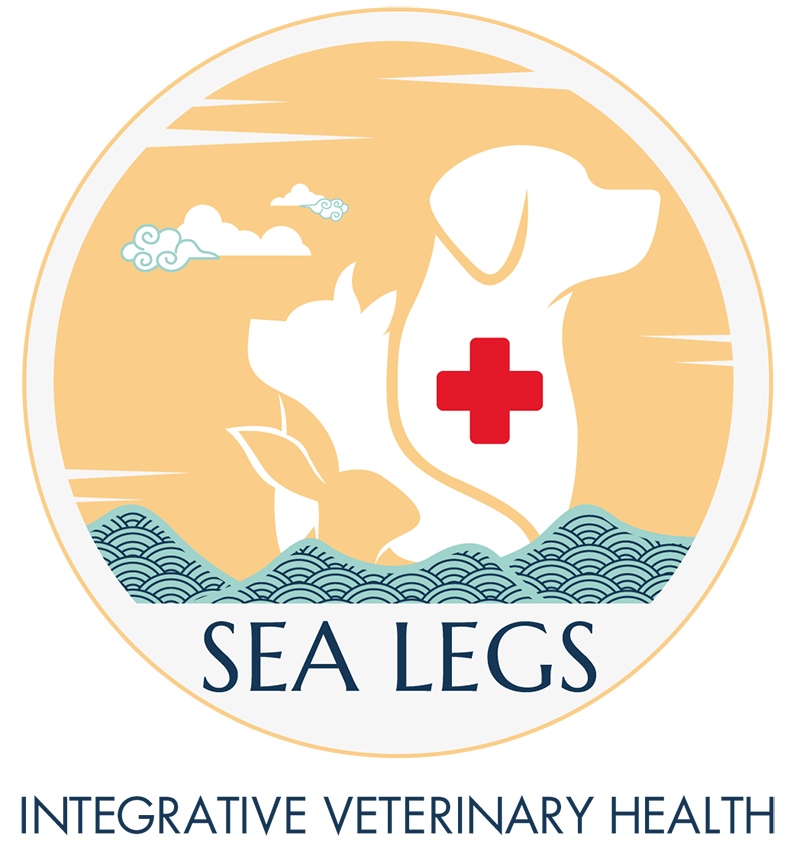As much as we wish this weren’t the case, there will come a time when your pet has passed and you need to make a decision about what to do with their remains. While in the moment or shortly after your pet’s death, it can be difficult to make rational decisions on what to do with your pet’s remains. Here, we walk you through the different options.
Cremation
Cremation is by far the most common method of disposal for your pet’s remains. Most veterinarians have a pre-existing relationship with a cremation company. After your pet is deceased, they will go into a dedicated cooler until the cremation company picks them up. There, they will undergo either private or communal cremation. Private cremation means your pet is cremated alone. This gives you the option to have your pet’s ashes returned to you. Most cremation services will have different options for receptacles for the cremated remains. This may include bags for spreading or dedicated boxes or urns. There are also many companies that will take your pet’s cremated remains to make different keepsakes. Some companies will even make custom jewelry and jewels to commemorate your pet.
You also have the option for a communal cremation. This means your pet will be cremated with other pets. Most cremation services then spread the ashes on their property or another dedicated area.

Aquamation
Aquamation, also called water cremation, is a sustainable form of cremation that mimics the naturally occurring process in nature when an animal passes. With the reduction of fossil fuels, water-based cremation achieves a remarkable 90% energy savings in comparison to traditional cremation methods. As a gentler method, there are no direct emissions of harmful greenhouse gasses and the process yields 20% more ‘ash’ that are lighter in color and fine like sand. These ashes can be spread or kept in keepsakes similar to those produced during cremation.
The technology is called alkaline-hydrolysis and was first used in the late 1800’s on many farms. Within the last 20+ years aquamation services can be found all around the United States and Canada for humans and their pet companions. Aquamation is part of the growing green funeral movement and has been adopted by many teaching universities and scientific communities. The first pet facility was opened in 2007, and the first funeral home to use the technology was in 2011. Not all veterinary clinics or areas will have access to an aquamation facility. You may have to transport your pet directly.
Burial
People have been burying deceased remains for centuries. One thing to consider is local laws regarding the burial of deceased animals. Most town or city public health departments have rules regarding this. The aim is to prevent contamination of the groundwater and soil with the chemicals used to euthanize an animal. These laws can prevail even if you own your property, and you should consider the potential repercussions of soil contamination, as well as local laws.
If you have any other questions about body care, please contact your veterinarian to find out what services they provide.

